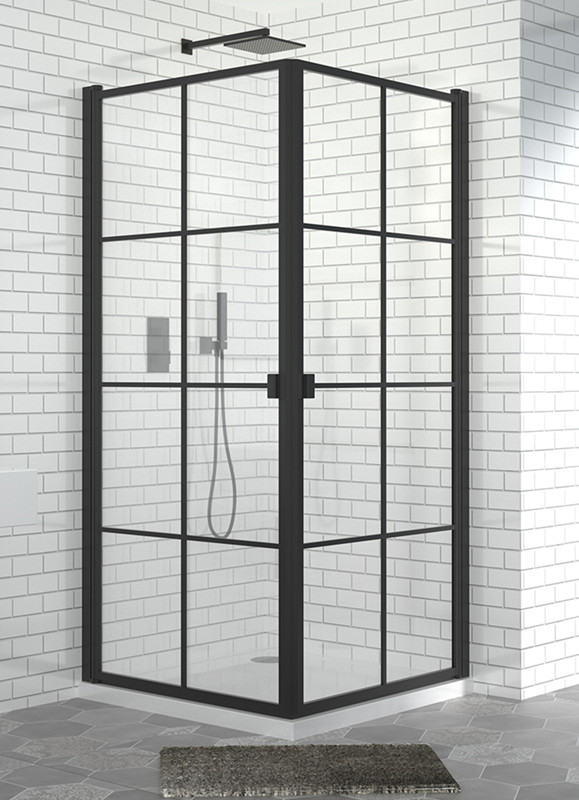A double pivot door walk in shower enclosure is not a new concept in bathroom design. It has been around for about a century, but has only recently started to gain popularity. The main reason behind this is that these units do not have the tub and shower stall that traditional walk-in shower enclosures do. They are easy to install and remove as well.
What are the benefits of choosing a walk-in shower enclosure with no corner shelves? Well, first of all the installation process is easier since you do not have to use any jamb or frame supports to hold your new enclosure in place. In the olden days, if you wanted to put a corner shelf on, you had to make a big mess of it. This was because the bathroom was small and there were no corner shelves in the designs. Also, there were no latches to keep the doors locked; this caused more problems for those people who did not care for their privacy.

In today's design and technology, corner units are easy to install without any worries. All of the necessary support is already provided by the manufacturer. There are also many designs that provide for additional shelves along the side. These are perfect for keeping personal hygiene products such as soaps and shampoos in the correct places. They can be removed and hanged when not in use, providing a clean minimalist look that is also great for the space.
The other major benefit of using a walk in shower enclosure is the elimination of a huge bath tub. These units are much more compact than tubs and provide for more room around the shower door itself. This allows for more room in the shower area itself. Most of these enclosures are framed with acrylic panels, which can be painted in any color and style, allowing you to customize your units to blend in with your current decor.
Walk-in shower enclosures have been on the market for about fifteen years, but they have only gained in popularity in the last three. One reason for this is the recent trend of "ramen" fixtures. Ramen is Japanese for tile, and these tiles are becoming extremely popular for people who want a classic, yet simplistic look. Walk-in enclosures are also available in quadrant corner shower enclosures, which offer a unique look that is not common to the rest of the market.
Walk-in shower enclosures generally use one of two different types of locking mechanisms. The first method uses a door and a padlock; this is usually a combination lock and a push button lock. The second type of locking mechanism uses glass panels that are fitted over the top of the shower door and the shower tray. These panels can be sliding, which allows water to pass through, or they can be fixed, which limits water flow. The advantage to using sliding panels is that they are less likely to jam. If you do find a jam, however, it can be very difficult to repair, as they often need to be replaced entirely.
Walk-in shower doors and enclosures are made in many different shapes and sizes, depending upon the size of the shower unit and your own personal preference. The traditional oval shape is still available, but the most common enclosure is the round or square one. In general, you should avoid the standard rectangle shape unless it is specifically called "squarish". The best shapes are the circle and square, because they allow you to make them more aesthetically appealing to your customers. However, if you must go with a round or square shape, make sure the edges are rounded instead of sharp or jagged, especially if you are going to use colored glass (such as clear glass).
Walk-in shower enclosures require a special wall kit in order to install them correctly. Although this is the case, there are now many inexpensive kits that will work just as well, and are much less expensive than buying the kit separately. The two main types of kits include the ones that snap together with a frame that fits into the corner of the bathroom, as well as separate "floating" kits that are meant to adhere to the wall and "self-adhesive" to it. The latter are easier to install, but can have a tendency to sag if the weight of a person walking in over them. Many new homes these days also have a combination of both types of kits - so be sure to ask your home builder which one they use.




